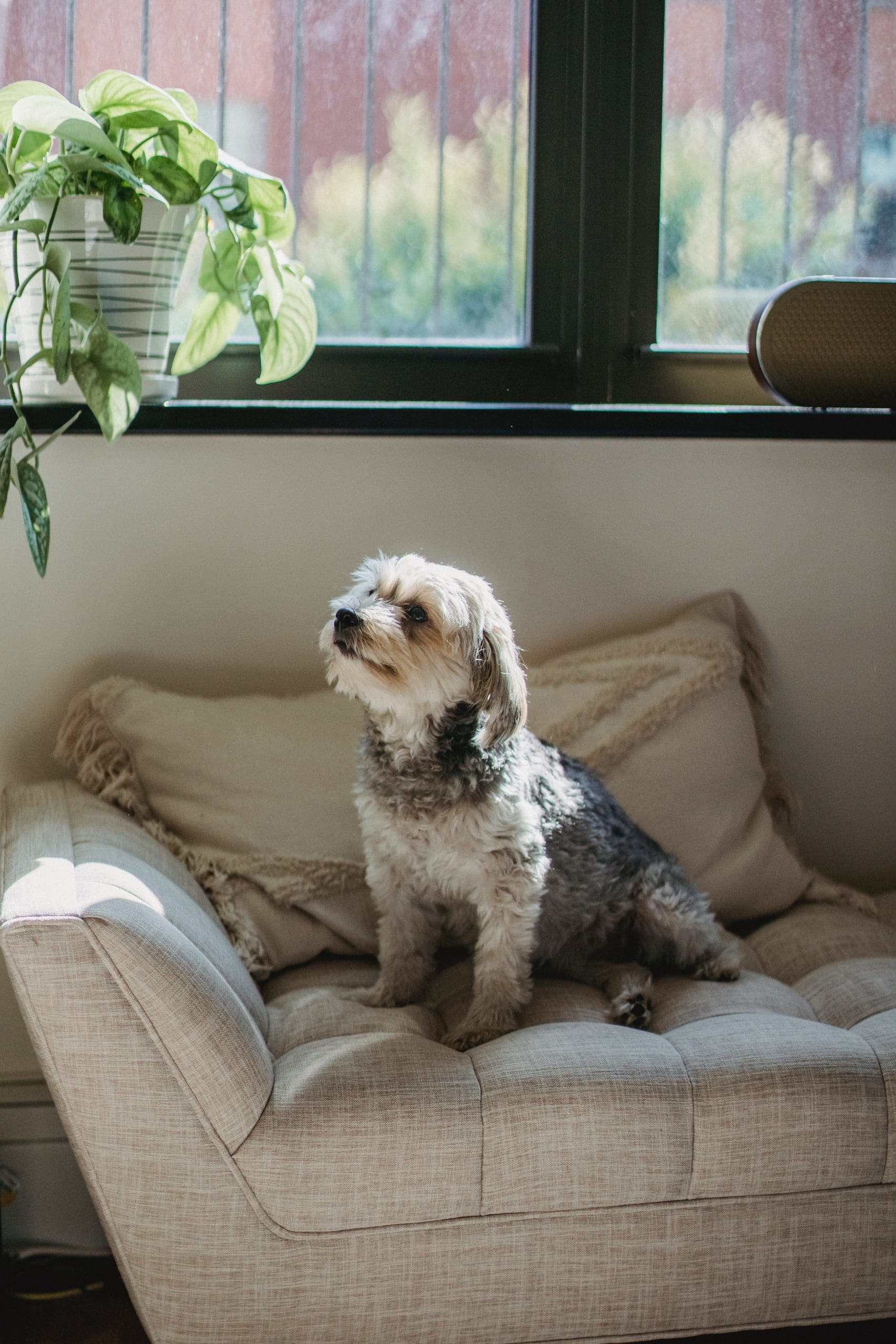Finding the right fit for your dog’s collar can be challenging. A collar that is too tight causes discomfort and potential injury, while one that is too loose can slip off or snag on objects. A proper fit is essential for your dog’s safety and well-being. Several factors influence how tight a dog collar should be, including the collar type, your dog’s size and breed, and activity level.
General Fitting Guidelines
A common rule of thumb is to fit two fingers between the collar and your dog’s neck. This ensures the collar is snug enough to stay in place without causing discomfort. However, this guideline may vary based on the collar type. For instance, a flat collar requires a different fit than a training collar or harness.
Flat Collars
Flat collars, the most common type, are typically used for everyday wear. They allow for identification tags and can be adorned with various designs. When fitting a flat collar, check for any signs of irritation or chafing. If your dog seems uncomfortable or scratches at the collar, it may be too tight. Regularly checking the fit helps you adjust as your dog grows or changes weight.
Puppies and Growing Dogs
For puppies, a collar should be fitted loosely enough to allow for growth, while still being monitored frequently. Puppies grow rapidly, and a collar that fits today may become too tight tomorrow. As your puppy matures, adjusting or replacing the collar with a larger size may be necessary.
Larger Breeds
Finding the right collar for larger breeds or dogs with thick necks is critical. Heavy-duty collars made from durable materials are often recommended. These collars should fit snugly without causing discomfort, as a loose collar can be dangerous during walks or play.
Activity Level Considerations
Your dog’s activity level also plays a significant role in collar fitting. Active dogs who enjoy running and playing may need a collar fitted differently than a more laid-back dog. For highly active breeds, a slightly tighter collar might be advisable to prevent it from slipping off during vigorous play. Always check for signs of discomfort or irritation.
Collar Type Matters
The type of collar significantly influences how tight it should be. Training collars or choke collars should only be used with professional guidance, as improper fitting can lead to injury. If using a training collar, ensure you have proper instructions for safe fitting.
Climate and Environment
Consider the climate and environment when fitting your dog’s collar. In warmer weather, a collar that is too tight can lead to overheating or irritation, especially for dogs with thick fur or those prone to skin issues. During these times, adjusting the collar to a looser fit while maintaining control can be beneficial.
Regular Checks
Regular checks are essential to ensure the collar remains the right fit over time. As your dog ages, their body can change due to weight gain, loss, or changes in coat thickness. Establishing a routine of checking your dog’s collar every few weeks can help catch any issues before they become serious.
Seeking Assistance
If unsure about the fit, visiting a local pet store or consulting with your veterinarian can provide valuable insights. Many pet stores have staff trained to help fit collars properly, ensuring you find the right size for your dog. Your veterinarian can also offer advice based on your dog’s health and activity level.
Material Considerations
The collar material affects fit as well. Some materials may stretch over time or wear down, impacting the fit. Leather collars, for instance, may stretch more than nylon collars. If using a collar made from stretchy material, be vigilant about checking the fit regularly.
Hair Length Matters
For dogs with long hair, a collar that is too tight can cause matting or tangling in their fur, leading to discomfort and potential skin issues. Using a collar designed to minimize tangling may be beneficial. Regular grooming also helps prevent any issues related to collar fit and fur length.
Adopting a New Dog
When adopting a new dog, fitting the collar should be a priority. Ensure the collar fits correctly and monitor it as the dog adjusts to their new home. A well-fitted collar can help your dog feel more secure in a new environment.
Aging Dogs
As dogs age, changes in behavior can affect collar fit. Senior dogs may lose weight or experience changes in muscle tone, necessitating a change in collar size. Regular assessments of your dog’s collar fit can accommodate these changes as they occur.
Finding the right fit for your dog’s collar is crucial for their comfort and safety. With regular checks and adjustments, you can ensure your dog remains happy and secure. Always remain mindful of your dog’s needs and consult professionals when necessary. A well-fitted collar is an essential part of responsible pet care.



